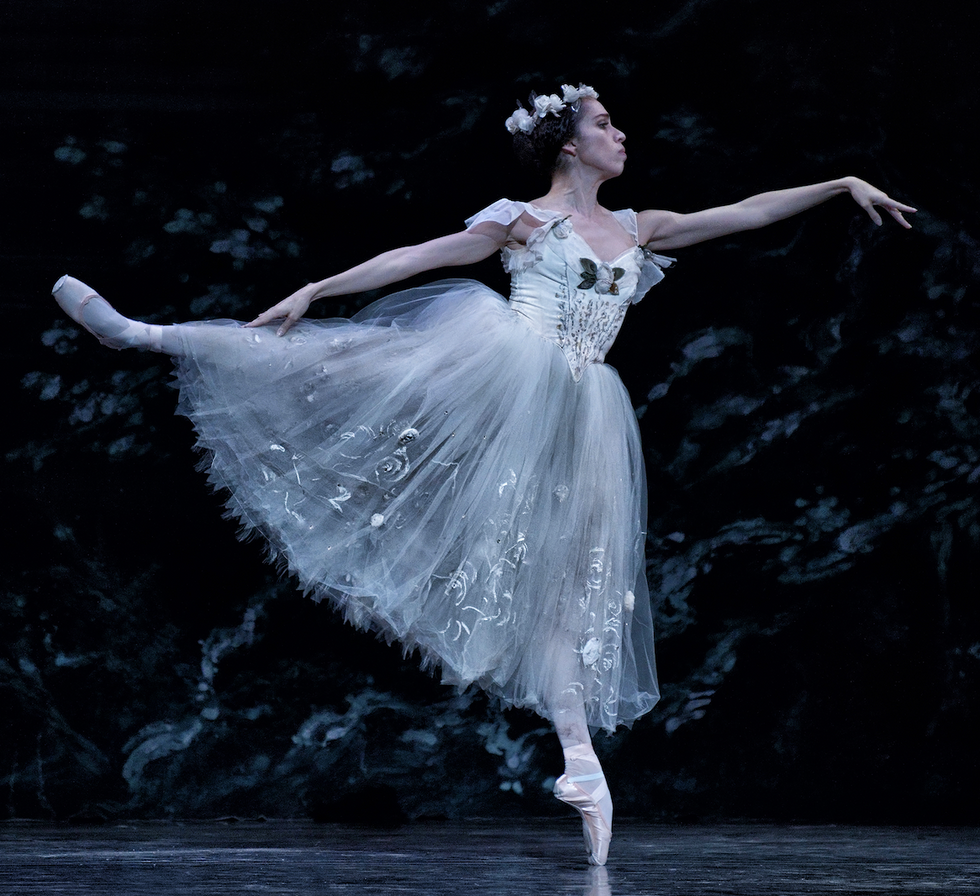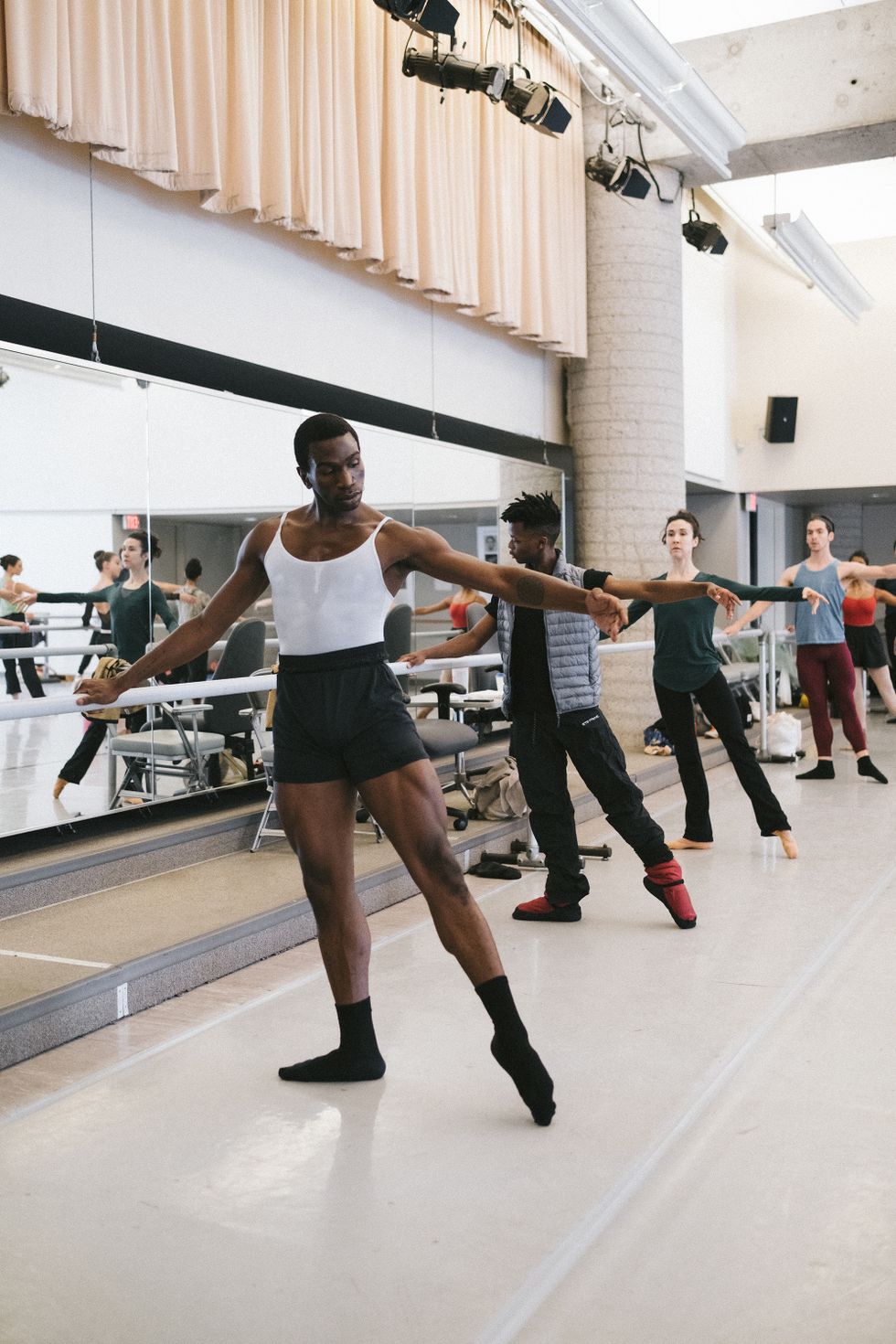After Being Called Out, the National Ballet of Canada Increases Its Diversity Efforts
It struck the National Ballet of Canada like a bolt of lightning when one of its Black dancers, American-born corps de ballet member Nicholas Rose, posted an emotional video on Instagram effectively accusing the company of racism. “I’m calling you out… Do better!”
Seven days had passed since the death of an unarmed Black man, George Floyd, at Minneapolis police hands. By then, protest marches had become global, including a number in NBoC’s hometown of Toronto. Several American ballet companies and other arts organizations had issued statements of solidarity in denouncing anti-Black racism. The National Ballet, as Rose complained, remained silent; but that soon changed.
Within a few days, Rose’s original protest was replaced by two shorter, more positive videos. “Because of that one video something sparked and—guess what?—the National Ballet of Canada is explicitly talking about race,” said Rose in his new video posts. “And we are moving forward. It’s happening, baby! I feel so respected and so loved and I feel equal for the first time. I feel heard.”
Apart from speaking directly with Rose, company management quickly arranged meetings with other dancers of color and convened a virtual town hall for all the artists and another with the entire organization.
“Open, honest and difficult conversations took place between leadership and dancers,” a statement on the company website explained. “Artists shared their experiences, their pain, and their concerns. We listened and agreed to work together to improve the culture of our organization.”
This was not entirely new. Although not widely publicized, the company has been working steadily to correct what it recognizes as pressing issues of inequity and lack of diversity.

Michael Slobodian, Courtesy NBoC
Soloist Jordana Daumec, a biracial dancer from New York City who joined the company in 2003 and became a member of its equity, diversity and inclusion task force, says she felt positive about what was already being accomplished.
Ironically, says Daumec, the fact that COVID-19 has put the company’s regular activities on pause has created an opportunity for honest introspection and authentic conversation.
“The hard work will begin when we’re all back in the studio,” says Daumec, “but what I love about this company is that it doesn’t matter what color you are or the background you’re from. We all want to move forward and make our home, the National Ballet, better.”
Since 2018, the company has been working with a Canadian service organization, Cultural Pluralism in the Arts Movement Ontario, to reshape its mandate and core values to address issues of equity and diversity.
Charles C. Smith, CPAMO’s executive director, emphasizes that bringing about change is not like flipping a switch. It takes time and faith in the process.
“We’ve looked at how ballet companies across North America are approaching these issues. What does representation look like amongst the dancers, the administration, all the different departments? How do we help the company reflect what Toronto looks like? We’ve had a number of focus groups and one of the things that’s been beautiful about it is that there’s such an incredible desire to do this work.”
NBoC has also been an active participant in The Equity Project: Increasing the Presence of Blacks in Ballet since its inception in 2018. The project brings together artistic and executive leaders from more than 20 large-budget professional ballet organizations with the goal of increasing the presence of Blacks throughout the ballet industry. Through this project, NBoC has also been consulting on diversity issues with Theresa Ruth Howard, founder of MoBBallet: Curating the Memoirs of Blacks in Ballet.
The events of recent weeks have brought a new urgency and immediacy to this process and awakened a realization that talk is not enough.
Among the actions NBoC has committed to are the convening of regular town halls for artists and staff, implementation of robust anti-racism/anti-bias training and the appointment of a director of equity, diversity and inclusion. Executive director Barry Hughson says the company, rather than wait for Black dancers to apply, also plans to be more proactive in recruiting them. “There’s a lot more work to be done, but we are moving forward,” says Hughson.
“It’s not easy,” adds artistic director Karen Kain, “but I feel very positive about what this is doing for our organization. We just need to get much better at it.”
Update: This story has been revised to correct the fact that Rose replaced his initial video after a few days, not one day.
After the publication of this story,
Dance Magazine reached out to Nicholas Rose for comment, and he shared this statement:
I ask that you take a few moments to acknowledge this time of history we find ourselves in. I ask that we take a few moments of pause to think of the lives lost due to the hatred of Black people. I ask that you say their names. Their names are George Floyd, Breonna Taylor, Ahmaud Arbery, Elijah McClain, and most locally in Toronto, Regis Korchinski-Paquet. These are just a few of many whose lives were lost due to the mistreatment of Blacks from this white supremacist system. After all, we must do acknowledgements before Chapter 1. Before we move forward we must see what has been done. To do this article without consulting me was absolutely unacceptable. But then again, I have had the rug pulled out from underneath my feet the minute I entered this world, due to the beautiful amount of melanin I was blessed with. As much as the audience wants retribution, I’m not about that life. I’m about honesty, respect and understanding. We shouldn’t get mad at the writer. Because it almost seems like people wait for writers to mess up. Instead, we need to have the utmost faith that writers all around will do their job with the highest level of integrity, and be held accountable if that level is not up to par. This goes far beyond artistic leadership. We are talking about moral leadership here. The late Arthur Mitchell once said, “We are serving something greater than ourselves.” So all I ask is that you truly reflect on whether or not you’re doing this for your self-image, or for yourself. This is a very tricky spot to be in, so we have to have the utmost compassion for the writers and editors. The public is requesting an apology. In my opinion, that is up to you. I don’t want an apology if you fail to recognize, acknowledge and accept the harm done. Let’s face it, we are all on the receiving end of a pretty disgusting system in the ballet world that was built centuries before us entering the earth. I like to call it the “White Male Gaze in Classical Ballet.” That is something we need to all come to an understanding about. The minute we decide to step into our new light, and see that we are all tapping into such a new type of energy, true change can come. But that can only happen from the acceptance of one’s responsibilities. We need to shift that narrative. We are also only as strong as the ones that are responsible for presenting us. Can you make a story about racial inequality in ballet? Yes. Can you interview everyone except the artist that it was actually about? Yes, but the general public will be able to see through it, and people will express disappointment. See, that simple. We need to use these as learning tools so this doesn’t happen again. Dance Magazine, we have faith in you. I just ask that you have faith in yourselves.
With love and grace,
Nicholas Isaiah King Rose




